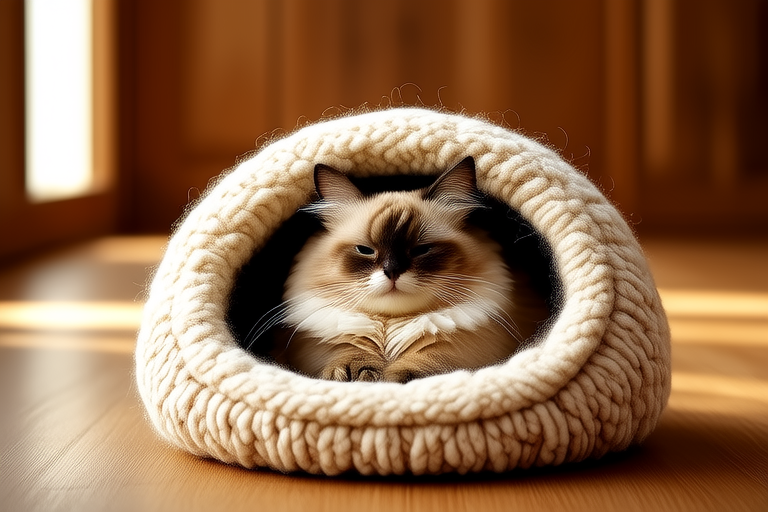The Cozy Corner: Creating the Perfect Nest for Your New Chinchilla Friend
Welcome to the wonderful world of chinchillas! These adorable, fluffy rodents are known for their luxurious fur and playful personalities. However, to ensure your new chinchilla friend leads a healthy and happy life, it’s crucial to provide them with the right environment. This guide will walk you through creating the perfect cozy corner for your chinchilla, covering everything from habitat needs to safety precautions.
Understanding Chinchilla Habitat Needs
Chinchillas are native to the Andes Mountains in South America, where they live in rocky crevices and burrows. They are nocturnal animals, active mostly at night, and thrive in cooler temperatures. Understanding these natural habits is key to setting up the ideal living space for your pet.
Temperature Control
Maintaining the correct temperature is vital for chinchillas. They prefer cooler environments, ideally between 64°F and 70°F (18°C and 21°C). Avoid placing their cage near windows or in direct sunlight, as overheating can lead to heatstroke, which is dangerous for these small creatures. Use air conditioning during hot summer months if necessary.
Suitable Bedding Materials
Choosing the right bedding is essential for your chinchilla’s health and comfort. Opt for dust-free, absorbent materials that promote good hygiene and prevent respiratory issues. Popular choices include:
- Paper-based bedding: Safe, absorbent, and easy to clean.
- Cedar or pine shavings: Avoid these as they release aromatic oils harmful to chinchillas.
- Recycled paper products: Eco-friendly and safe for your chinchilla.
Ensure the bedding is changed regularly to maintain cleanliness and prevent odors.
Ideal Cage Size and Setup
Your chinchilla needs ample space to move around and exercise. A minimum cage size of 24 inches wide by 24 inches deep by 36 inches high is recommended. Larger cages are even better, especially if you plan to add multiple levels or enrichment items.
Cage Placement
Place the cage in a quiet area away from drafts and direct sunlight. Ensure the location is easily accessible for feeding and cleaning. A stable surface is also important to prevent tipping over.
Enrichment Options
To keep your chinchilla mentally stimulated and physically active, incorporate various toys and activities into their environment. Some ideas include:
- Wheels: Choose solid-surface wheels to prevent leg injuries.
- Tunnels and platforms: Encourage exploration and climbing.
- Chew toys: Help wear down teeth and prevent overgrowth.
Rotate toys periodically to keep things interesting and prevent boredom.
Safety Precautions
While creating a stimulating environment, always prioritize your chinchilla’s safety:
- Avoid toxic plants and materials.
- Ensure all cage accessories are securely fastened.
- Regularly inspect the cage for any potential hazards.
Chinchilla Behavior and Care Tips
Understanding chinchilla behavior is key to providing proper care. They are social animals but can be shy around unfamiliar people. Provide a quiet, calm environment when introducing new visitors or handling your chinchilla.
Grooming
Chinchillas have dense fur that requires regular grooming. Dust baths are essential for maintaining coat health. Offer a shallow container filled with commercial dust bath mix once or twice a week for 10-15 minutes. Remove the dust after each session to prevent inhalation risks.
Diet
A balanced diet is crucial for your chinchilla’s overall health. Provide unlimited timothy hay, fresh water, and a small amount of pellets specifically formulated for chinchillas. Avoid treats high in sugar or fat.
Debunking Common Myths
There are several misconceptions about chinchilla housing:
- Myth: Chinchillas need large outdoor runs.
Reality: Indoor enclosures are safer and more controlled, reducing exposure to predators and environmental hazards. - Myth: Cedar or pine shavings are fine for bedding.
Reality: These materials emit volatile compounds harmful to chinchillas.
Conclusion
Creating the perfect cozy corner for your chinchilla involves understanding their natural habitat, providing the right environment, and prioritizing their health and safety. With the right setup and care, your chinchilla will thrive in its new home. Remember, a well-cared-for chinchilla is a happy chinchilla!
